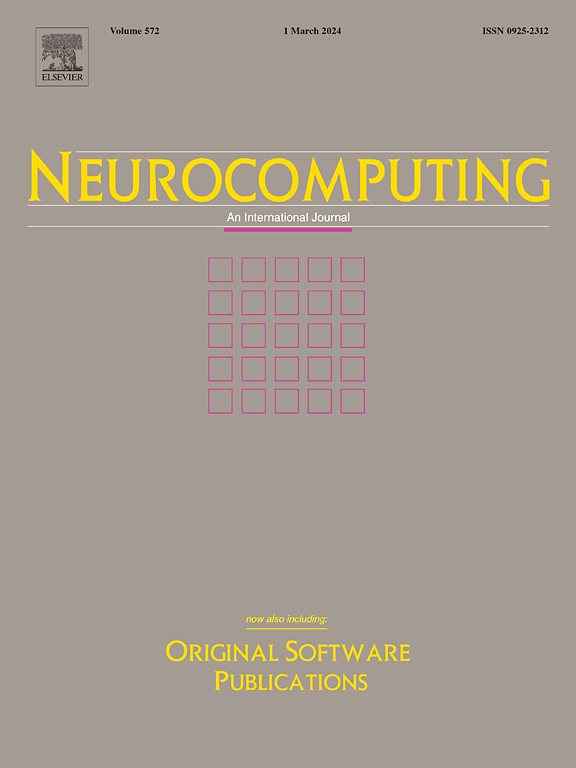A transformer-based dual contrastive learning approach for zero-shot learning
IF 5.5
2区 计算机科学
Q1 COMPUTER SCIENCE, ARTIFICIAL INTELLIGENCE
引用次数: 0
Abstract
The goal of zero-shot learning is to utilize attribute information for seen classes so as to generalize the learned knowledge to unseen classes. However, current algorithms often overlook the fact that the same attribute may exhibit different visual features across domains, leading to domain shift issues when transferring knowledge. Furthermore, in terms of visual feature extraction, networks like ResNet are not effective in capturing global information from images, adversely impacting recognition accuracy. To address these challenges, we propose an end-to-end Transformer-Based Dual Contrastive Learning Approach (TFDNet) for zero-shot learning. The network leverages the Vision Transformer (ViT) for extracting visual features and includes a mechanism for attribute localization to identify regions most relevant to the given attributes. Subsequently, it employs a dual contrastive learning method as a constraint, optimizing the learning process to better capture global feature representations. The proposed method makes the classifier more robust and enhances the ability to discriminate and generalize the unseen classes. Experimental results on three public datasets demonstrate the superiority of TFDNet over current state-of-the-art algorithms, validating its effectiveness in the field of zero-shot learning.
求助全文
约1分钟内获得全文
求助全文
来源期刊

Neurocomputing
工程技术-计算机:人工智能
CiteScore
13.10
自引率
10.00%
发文量
1382
审稿时长
70 days
期刊介绍:
Neurocomputing publishes articles describing recent fundamental contributions in the field of neurocomputing. Neurocomputing theory, practice and applications are the essential topics being covered.
 求助内容:
求助内容: 应助结果提醒方式:
应助结果提醒方式:


